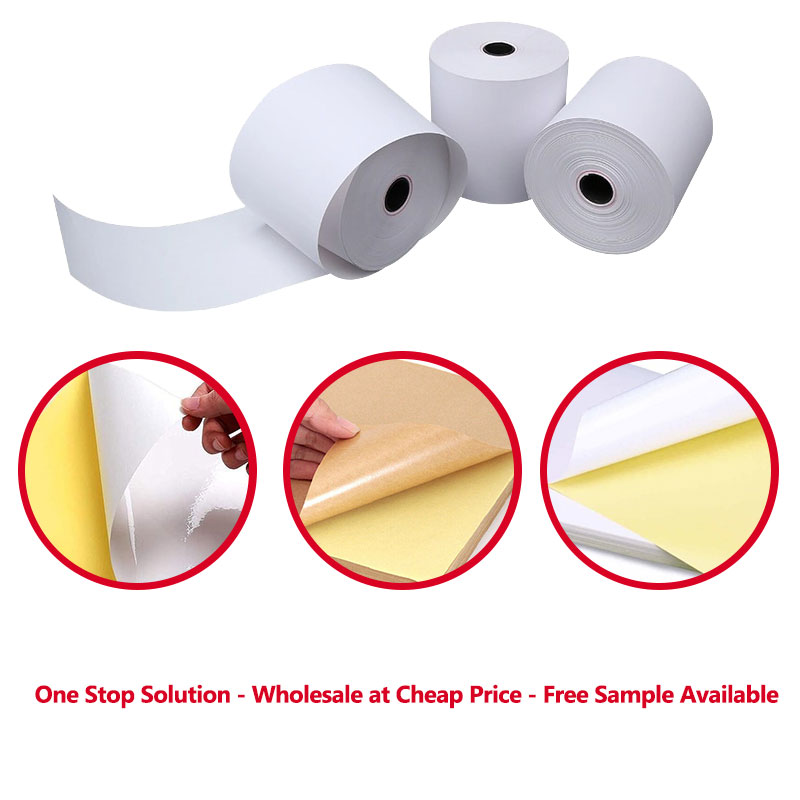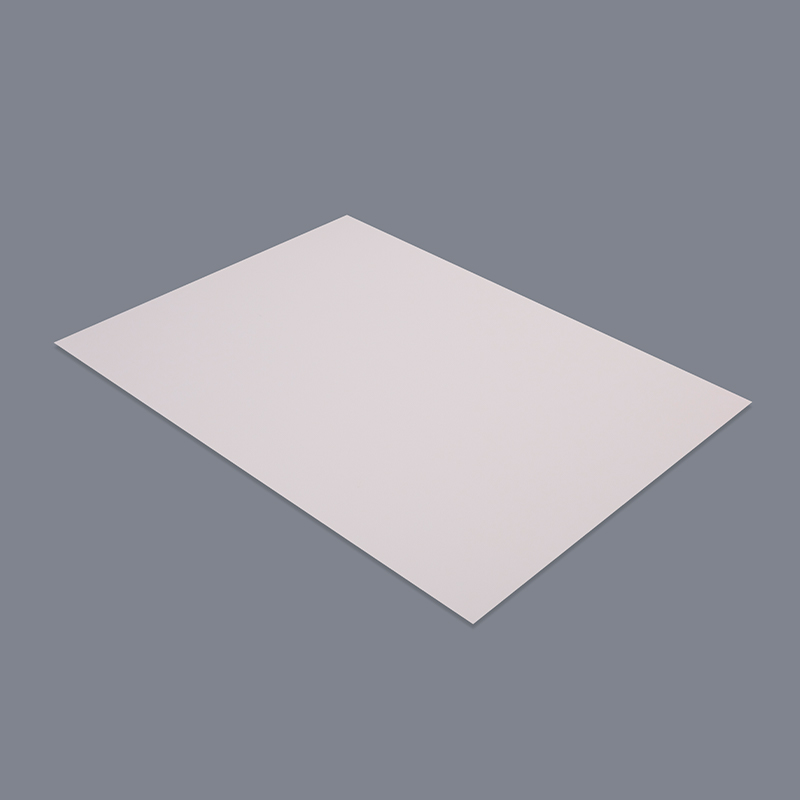The substrate material is a critical component in the construction of self-adhesive films, as it directly influences the film's physical properties, application performance, durability, and final appearance. Self-adhesive films consist of three main layers: the substrate (or facestock), the adhesive, and the release liner. Among these, the substrate is the printable, visible surface that provides the functional and aesthetic characteristics of the film. The choice of substrate material varies depending on the intended use—such as labeling, surface protection, decoration, advertising, or industrial wrapping. Below are the most common substrate materials used in the manufacturing of self-adhesive films:
1. Polyvinyl Chloride (PVC)
PVC is one of the most widely used substrate materials for self-adhesive films due to its flexibility, durability, and versatility. It is available in both monomeric and polymeric forms:
Monomeric PVC is more economical and suitable for short-term indoor or semi-outdoor applications.
Polymeric PVC is more stable and durable, making it ideal for long-term outdoor applications, including vehicle wraps, window graphics, and wall murals.
PVC can be produced in clear, white, or colored forms and can also be textured, matte, gloss, or satin, offering a wide range of decorative and functional options.
2. Polypropylene (PP)
Polypropylene films are commonly used for applications that require higher clarity and chemical resistance. PP has a smooth surface, is resistant to moisture, and is often used for labeling, flexible packaging, and transparent protective overlays. It is a cost-effective alternative to polyester and provides good durability for short- to medium-term uses.
3. Polyethylene (PE)
Polyethylene is another popular choice, especially for films that need to be highly flexible, conformable, and moisture-resistant. PE films are commonly used in industrial packaging, shrink sleeves, stretch film wraps, and labels for curved surfaces, such as bottles and containers. Low-density polyethylene (LDPE) and high-density polyethylene (HDPE) are both used, depending on the stiffness and strength required.
4. Polyester (PET)
Polyester films offer excellent dimensional stability, high tensile strength, and resistance to chemicals, heat, and UV exposure. As such, PET is typically used in high-performance applications, including durable labels, optical films, overlaminates, insulation, and industrial graphic films. It is preferred in environments where mechanical durability and resistance to environmental stress are essential.
5. Paper-Based Substrates
Although not plastic, paper remains a common and economical substrate in self-adhesive films, especially for indoor labels, barcodes, office stickers, and general-purpose packaging. Paper substrates are available in coated and uncoated forms and can be enhanced with gloss, matte, or thermal finishes. However, they offer less moisture and tear resistance than synthetic substrates, limiting their outdoor applications.
6. Vinyl-Polyester Blends or Specialty Films
For niche applications, manufacturers may use specialty blends such as vinyl-polyester composites or engineered multilayer laminates to combine the benefits of multiple materials—such as the flexibility of vinyl with the dimensional stability of polyester. These are used in high-end graphics, aerospace labeling, or electrical insulation.
7. Biodegradable or Recycled Films
With growing demand for sustainability, newer substrate materials include PLA (polylactic acid) and recycled PET (rPET), which aim to reduce environmental impact. Though not yet as common as conventional plastics, these substrates are being developed for eco-friendly packaging, temporary labeling, and compostable applications.
Summary Table of Common Substrates:
| Substrate Material | Key Characteristics | Typical Applications |
| PVC (Monomeric/Polymeric) | Flexible, weather-resistant | Wall murals, vehicle wraps, signage |
| Polypropylene (PP) | Moisture-resistant, clear | Labels, overlays, packaging |
| Polyethylene (PE) | Highly flexible, conformable | Bottles, flexible wraps, film linings |
| Polyester (PET) | Strong, UV & chemical resistant | Industrial labels, insulation, laminates |
| Paper | Economical, printable | Indoor labels, office supplies |
| Vinyl-Polyester Blends | Customized performance | Technical labels, industrial films |
| PLA / rPET | Eco-friendly, emerging | Sustainable packaging, compostable films |

Conclusion
The choice of substrate in self-adhesive film manufacturing is driven by the application’s requirements for flexibility, strength, durability, clarity, environmental exposure, and cost. PVC remains the dominant material for decorative and durable applications, while PET leads in technical performance. For cost-sensitive, indoor uses, paper remains relevant. With sustainability becoming a priority, bio-based and recycled alternatives are gaining ground in niche applications. Understanding the properties of each substrate helps manufacturers and end-users select the most appropriate film for their specific needs.

 English
English Español
Español русский
русский Français
Français عربى
عربى











